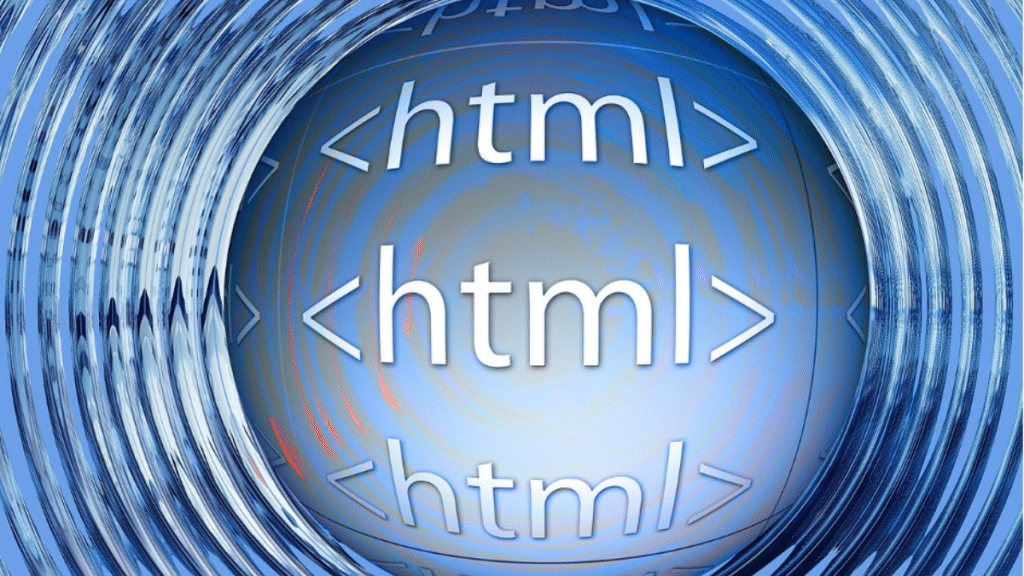Static Site Generators (SSGs) like Next.js, Astro, and Hexo are popular for blogs, docs, and company sites due to their speed, security, and simplicity. With modern Pages platforms and edge deployment, developers can distribute static sites globally for millisecond-level access. However, caching for high performance also brings challenges for real-time content updates. This article summarizes key principles, workflows, and best practices for SSG caching on the edge.
Recommended Resource: The Pages Template Library offers templates for Next.js, Astro, Hexo, Gatsby, and more, supporting smart caching and automated deployment—ideal for large-scale content sites
1. Edge Caching Mechanism Overview

Modern Pages platforms use multi-layer caching: origin → main CDN → edge nodes. Each user request checks the nearest edge node first; if missed, it escalates up the chain. Typical cache hierarchy:
- Edge node cache: Closest, fastest (<50ms), highest hit rate.
- Main CDN cache: Regional, moderate hit rate, higher latency.
- Origin: Last resort, highest latency.
Cache flow:
- User request → edge node
- Miss → main CDN
- Miss → origin
- Hit → cache written back down
Key HTTP headers:
- Cache-Control: public, max-age=86400 (24h edge cache)
- ETag/Last-Modified (conditional requests)
- Stale-While-Revalidate (serve stale, refresh in background)
Cloudflare (2023) reports global cache hit rates >80%. With good config, 99%+ of static site requests can be served in under 50ms.
2. Content Update Workflow

Example: Astro blog content update to user visibility:
- Markdown change triggers CI/CD build (30–180s)
- Build artifacts uploaded, distributed to global nodes (10–60s)
- Platform pushes cache invalidation; edge nodes refresh affected pages (1–10s)
- Hot pages prewarmed: first access <100ms; cold start 300–800ms
Timing Table:
| Stage | Full Purge | Incremental Purge | Smart Purge + Prewarm |
| Build Time | 180s | 30s | 25s |
| Cache Sync | 60s | 10s | 5s |
| First Paint (prewarm/cold) | 80ms / 600ms | 70ms / 500ms | 60ms / 120ms |
Data from real projects and public sources; actual values may vary.
3. Cache Invalidation & Prewarming Strategies
Modern platforms support:
- Full purge: Rebuild and purge all caches after each change. Simple, best for small sites.
- Incremental purge: Refresh only changed pages and dependencies. Efficient for large sites. Some SSGs (Next.js ISR, Astro plugins) support this with platform APIs.
- Smart purge: Auto-detects changes, pushes precise invalidation. Balances speed and freshness.
- Custom prewarming: Proactively push hot pages to edge nodes, avoiding cold starts.
Example config:
{
"edgeone": {
"cache": {
"strategy": "smart",
"prewarm": ["/", "/blog", "/docs/latest"]
}
}
}API/Webhook usage:
curl -X POST https://your-pages-platform.com/api/purge-cache -d ‘{“path”: “/blog/123”}’
Smart Caching: Technical Challenges & Implementation
As content and user patterns grow, full or simple incremental purges can’t balance performance and freshness. Smart caching:
- Tracks change impact, precisely invalidates affected pages/resources
- Analyzes dependencies (e.g., list/detail/tag page relationships)
- Adjusts prewarming/invalidation based on user behavior and traffic
- Offers observability and automation for real-time tuning
For more on smart caching principles and best practices, see the Smart Caching Technical Guide.
4. Monitoring & Optimization
- Monitor hit rates/latency: Use dashboards or tools (Pingdom, Lighthouse)
- Set alerts: For hit rate, latency, and bottlenecks
- Regular prewarming: For high-traffic pages
- Automate invalidation: Use CI/CD and webhooks on content change
5. Common Issues & Tips
- High latency (misses): Check cache headers, set max-age/stale-while-revalidate
- Update delays: Use incremental/smart purging to avoid long syncs
- High origin load: Improve hit rates, reduce unnecessary fetches
- Poor SEO/first paint: Prewarm core pages for edge cache hits
Many template libraries include built-in caching and deployment best practices for sites of all sizes.
Summary: Edge deployment boosts SSG site performance and availability, but cache strategy directly affects real-time delivery and user experience. Choose full, incremental, or smart purging based on site scale and update frequency, and combine with automated monitoring to get the most from modern Pages platforms.
